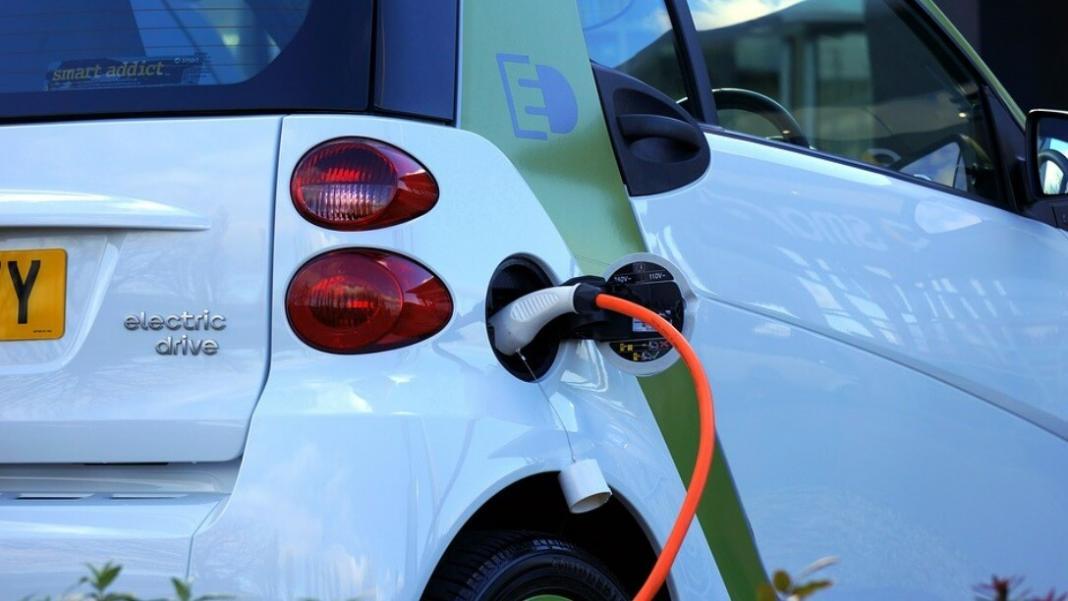The term “EV charging gun” is commonly used to refer to the physical device used to connect an electric vehicle to a charging station. It is also known as a charging cable, charging plug, or charging nozzle. The EV charging gun typically has two ends: one end is plugged into the charging station, and the other end is inserted into the EV’s charging port.
EV charging connectors come in different shapes and sizes, depending on the type of charging connector used by the EV and the charging station. Some charging connectors include Type 1, Type 2, CCS, and CHAdeMO. The charging gun may also have additional features like LED lights to indicate charging status, a locking mechanism for security, and a coiled cord for convenience.
Major Types of EV Charging Connectors
There are three main types of EV charging guns, also known as connectors or plugs:
- Type 1 (SAE J1772): This is a North American standard charging gun with a five-pin connector. It is commonly used for Level 1 and Level 2 charging and can deliver up to 80 amps.
- Type 2 (Mennekes): This is a European standard charging gun with a seven-pin connector. It is used for Level 2 and 3 charging and can deliver up to 250 amps.
- CCS (Combined Charging System): This is a fast-charging standard that combines AC and DC charging capabilities. CCS charging guns have a Type 2 connector and two additional DC pins for fast charging. They can deliver up to 350 amps for Level 3 charging.
Note that other types of charging guns are used in different parts of the world, such as CHAdeMO in Japan and GB/T in China.
Although consumers are still getting acclimated to the concept of acquiring an electric car as their new transport, maintaining these cars will be a concern in the future. Although regular oil changes and new spark plugs may not be necessary for electric vehicles, maintenance is still necessary.
The battery in an electric vehicle is designed around it and is just as crucial as the engine. So, maintaining your battery properly is crucial for successful EV ownership.
Thus, how do you maintain your EV battery?
How to maintain your EV battery?
It is advised to charge an EV battery as little as possible over time to maintain its strength for a longer period. Using the EV battery care advice shown below will also assist in maintaining the performance of your battery.
- Avoid extreme temperatures: Always use a charging station that is compatible with your EV battery. Using the wrong charging equipment can cause the battery to overheat or undercharge, which can be damaging to the battery’s lifespan. Avoid charging the battery to full capacity every time, as this can put unnecessary stress on the battery. Many EVs have temperature sensors that monitor the battery temperature. If your EV has this feature, make sure to check it regularly to ensure that the battery is not overheating.
- Charge regularly: Lithium-ion batteries used in EVs prefer to be charged frequently and kept within a certain state of charge range. It is recommended to charge your EV battery regularly and not let it drain completely.
- Avoid frequent fast charging: This prevents the battery from charging completely every night and ensures that it doesn’t suffer unduly or become warm. You may protect your battery for the long haul by charging it between 20 and 80%. It’s still wise to be safe even when manufacturers provide buffers to safeguard your battery from excessive charge and discharge conditions. Amazing technologies like Level 2 and Level 3 chargers make electric vehicles practical for regular driving. With these quick charging methods, range anxiety won’t be a concern as you go about your everyday activities. The rate at which they charge your car varies between L1, L2, and L3 charging, and L2 charging necessitates getting your home EV ready. The best thing for the health of your battery isn’t to charge your car every day to a full level of charge. Use the L1 charger that comes with your car to charge your EV battery properly, especially if your daily commute is less than 50 miles. This ensures that the 120V L1 charger is used to slowly charge the vehicle.
- Monitor battery health: Many EVs have a battery monitoring system that displays the battery’s state of charge and remaining range on the vehicle’s dashboard. This can give you a general idea of the battery’s health and performance. Some EV manufacturers offer smartphone apps that allow you to monitor your battery’s health and charging status remotely. These apps can provide detailed information on the battery’s state of charge, charging history, and estimated range.
- Weather Affects: Try to reduce the amount of time your EV spends in extremely hot or extremely cold weather, whether it’s parked outside your place of business or at home. If it’s a hot summer day, for instance, and you don’t have access to a garage or covered parking space, try to park under a tree or use a Level 2 charging station so that your car’s thermal management system can assist in shielding your battery from the heat. On the other hand, if it’s 12°F outside on a winter’s day, attempt to park in the sun or charge your EV. While it’s not prohibited to store or drive your EV in extremely hot or cold climates if you follow this best practice for EV battery charging, if you do it repeatedly over a lengthy period, your battery will age more quickly. As a general guideline, try to store your electric vehicle in an environment with mild weather.
In conclusion, caring for your EV charging connectors is essential to ensure that it perform optimally and has a long lifespan. Keep it clean, inspect it regularly, store it properly, avoid overheating, handle it with care, and follow the EV charging cable and connectors manufacturer guidelines. By following these tips, you can enjoy efficient and hassle-free charging of your electric vehicle.
You may want to read more,







